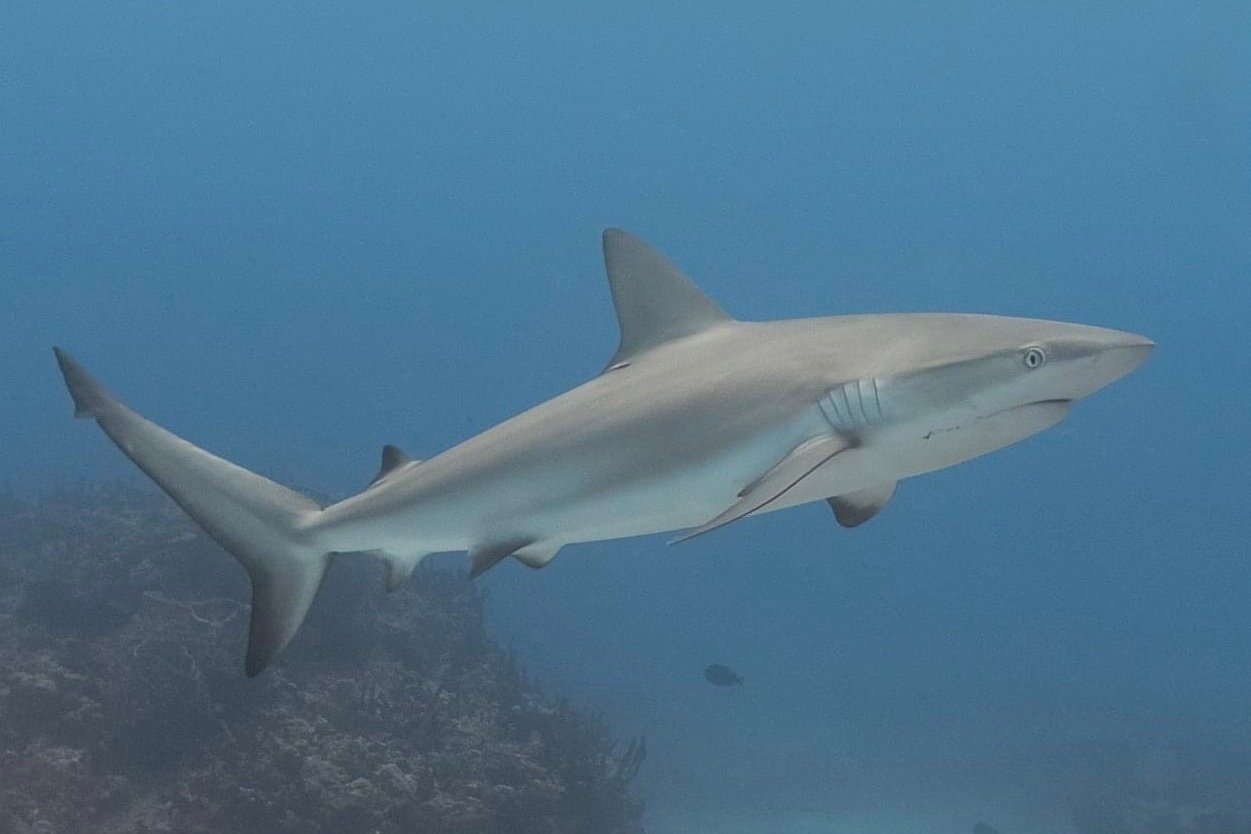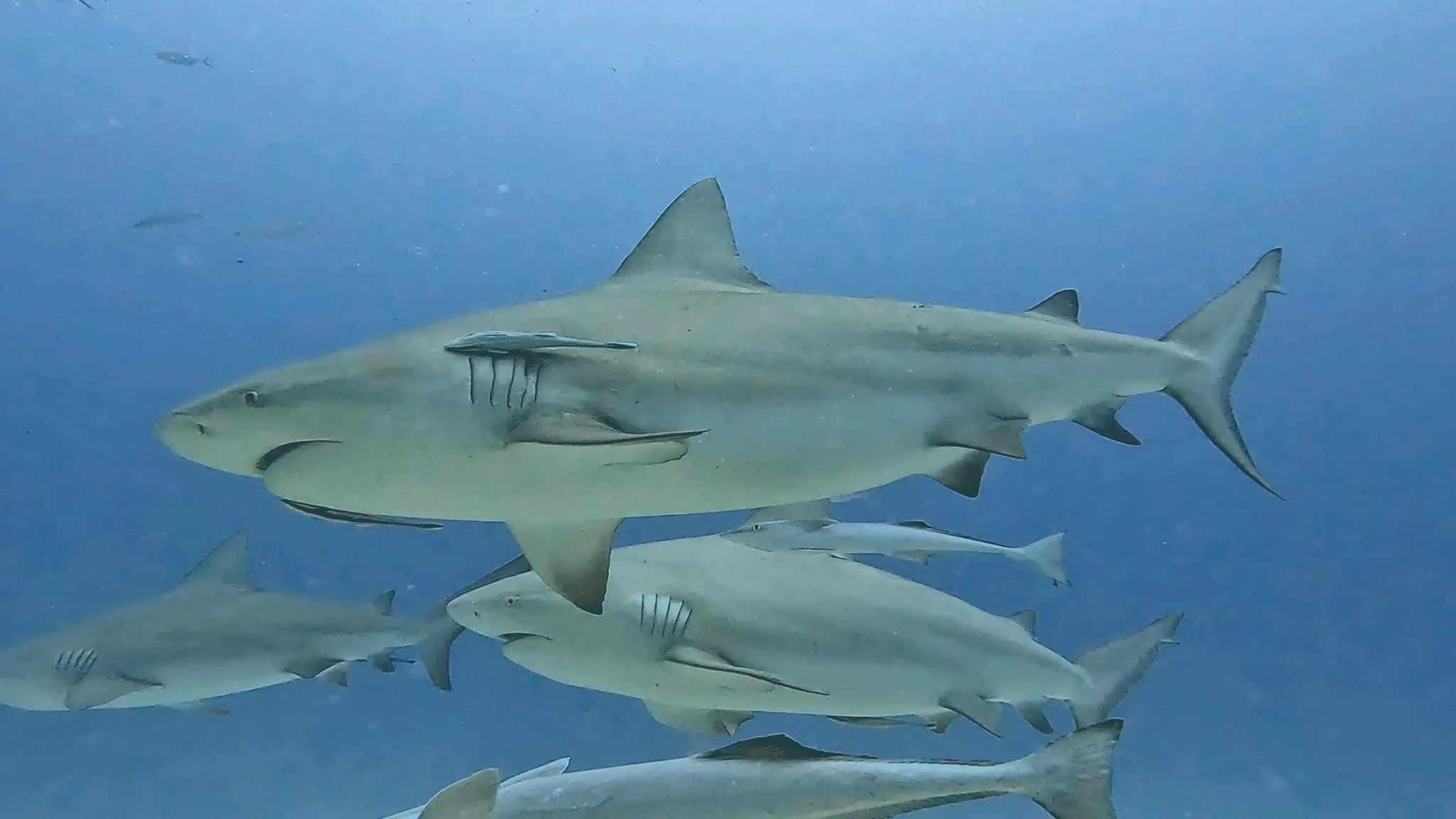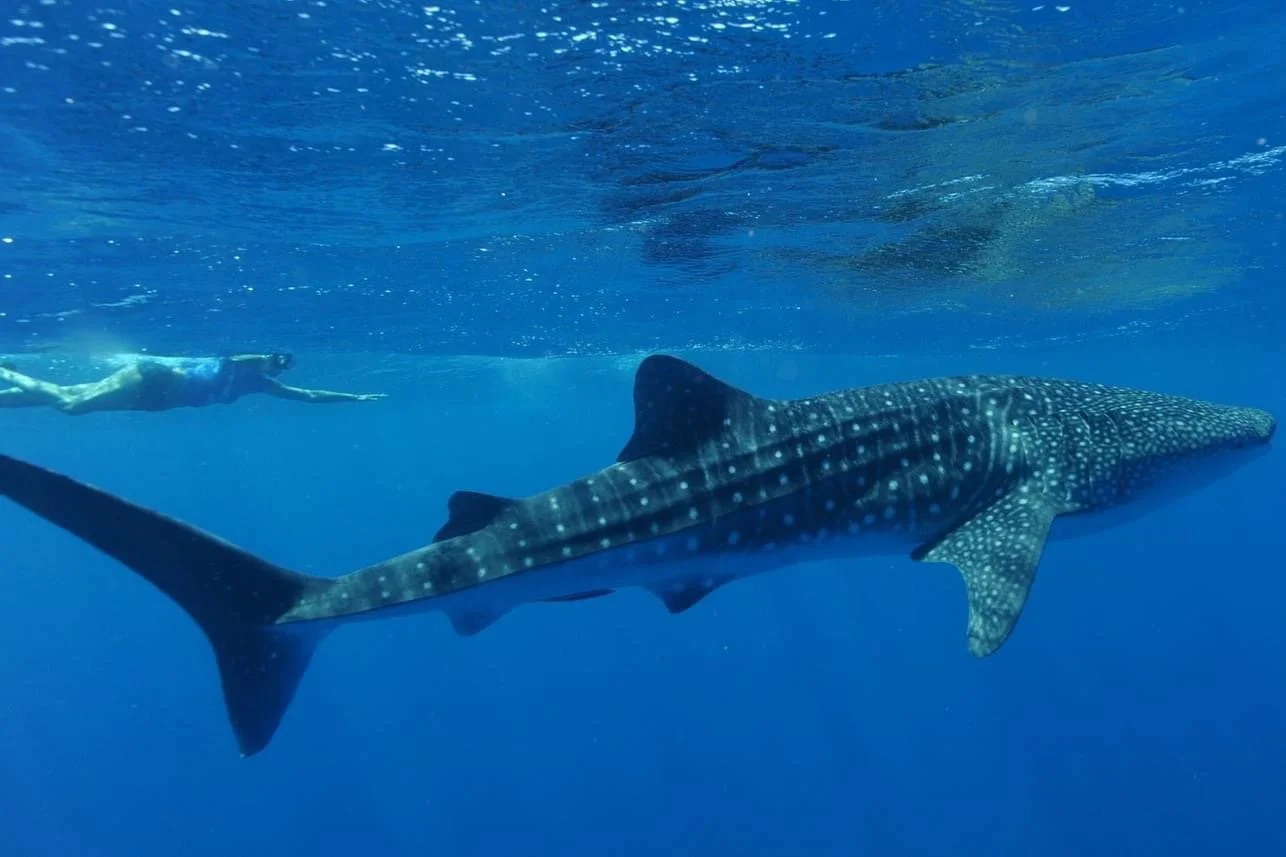Sharks in Cozumel, Mexico
Exploring the Underwater Marvels: Sharks of Cozumel
Cozumel, with its crystal-clear and warm waters, is a diver’s paradise. Nestled in the heart of the Mesoamerican Barrier Reef, the second-largest reef system on our planet, this Mexican island offers a breathtaking underwater world. Among the fascinating marine creatures that call Cozumel home, sharks take center stage. Let’s dive into the depths and explore the sharks you might encounter while scuba diving in Cozumel.
1. Nurse Shark (Ginglymostoma cirratum)
Description: The nurse shark, with its sandy-colored skin and docile demeanor, is a common sight in Cozumel. It reaches lengths of up to 9 feet and weighs around 200 pounds. During the day, you’ll find them resting on sandy bottoms or tucked into crevices.
Diet: Nurse sharks feast on crustaceans, mollusks, tunicates, sea snakes, and other fish, including stingrays. They’re harmless to divers and prefer a leisurely lifestyle.
Nurse Shark
2. Caribbean Reef Sharks (Carcharhinus perezi)
Appearance: These sleek, gray sharks boast a streamlined body and striking white-tipped dorsal fins. Their inquisitive eyes and powerful presence make encounters memorable.
Habitat: While not as common as some other species, Caribbean Reef Sharks occasionally visit dive sites near Palancar and Cedral Wall. Keep your eyes peeled for their elegant movements along the reef.
Behavior: These sharks are generally shy and prefer to observe divers from a distance. They feed on fish, rays, and crustaceans, making them an essential part of Cozumel’s ecosystem.
Caribbean Reef Shark
3. Blacktip Reef Sharks (Carcharhinus melanopterus)
Description: Blacktip Reef Sharks, as their name suggests, flaunt distinctive black tips on their dorsal fins. Their slender bodies and swift swimming style make them captivating to watch.
Where to Spot Them: These sharks occasionally grace the outer walls of dive sites such as Palancar, Colombia, and Punta Sur. Keep your gaze seaward for glimpses of these elusive creatures.
Temperament: Blacktip Reef Sharks are generally non-aggressive and tend to avoid human interaction. Their diet includes small fish, crustaceans, and other marine delicacies.
Blacktip Reef Shark
4. Hammerhead Shark (Sphyrna spp.)
Description: The hammerhead shark’s distinctive head shape sets it apart. While not as common as nurse sharks, they occasionally grace Cozumel’s dive sites. Their unique cephalofoil allows them to detect prey more effectively.
Behavior: Hammerheads in Cozumel are a rare sight but have been more frequent the past few years. Often swimming alone over the sandy edge of the reefs. Keep your eyes peeled for these elusive creatures.
Hammerhead Shark
5. Bull Shark (Carcharhinus leucas)
Rare Residents: Bull sharks are infrequent visitors to Cozumel’s waters. Unlike their more common counterparts, they prefer nearby locales such as Playa del Carmen.
Seasonal Sightings: From December to February, these robust sharks occasionally grace the depths. Their stocky build and powerful presence demand respect.
Adaptability: Bull sharks thrive in both saltwater and freshwater environments. Their reputation as aggressive hunters stems from their indiscriminate diet, which includes everything from fish to tin cans.
Bull Sharks
6. Whale Shark (Rhincodon typus)
Description: The whale shark is one of the ocean’s gentle giants. With its humped and ridged back, it can reach lengths of up to 60 feet (though the average is around 40 feet). Its large, flat head and curious nature make it a thrilling sight for divers.
Habitat: While whale sharks prefer open waters during their migrations, lucky divers in Cozumel sometimes encounter them near coral reefs. During the summer months Whale Sharks migrate to the waters near Cancun. These filter feeders dine exclusively on small fish and plankton, posing no threat to humans.
Whale Shark







